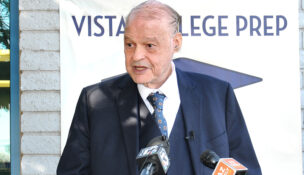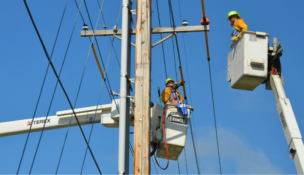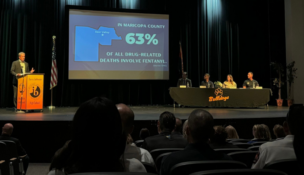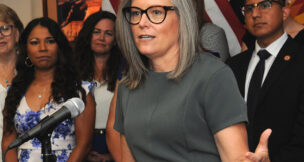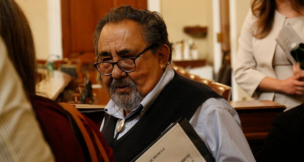After 20 years, charter schools have become an integral part of AZ education
Gary Grado//June 20, 2014//[read_meter]
After 20 years, charter schools have become an integral part of AZ education
Gary Grado//June 20, 2014//[read_meter]
Katy Cardenas, executive director of the New School for the Arts and Academics in Tempe. (Photo by Ryan Cook/RJ Cokk Photography) Armando Ruiz started Espiritu Schools...







